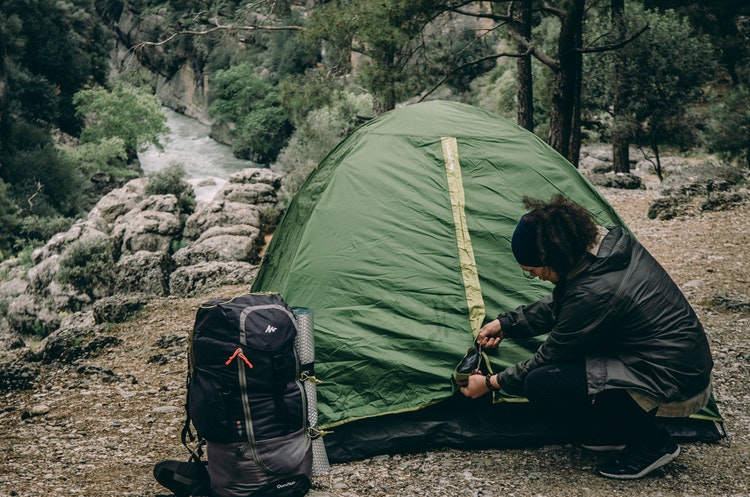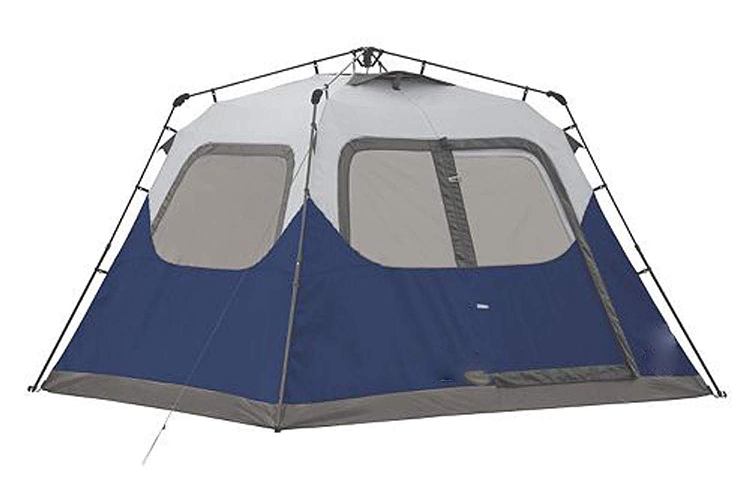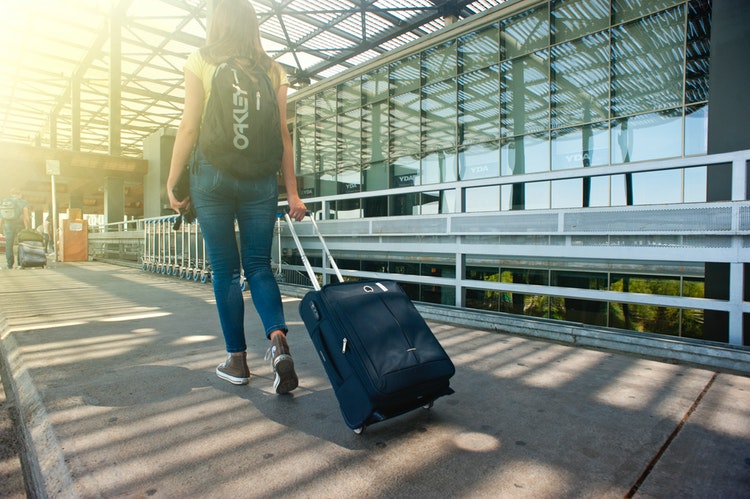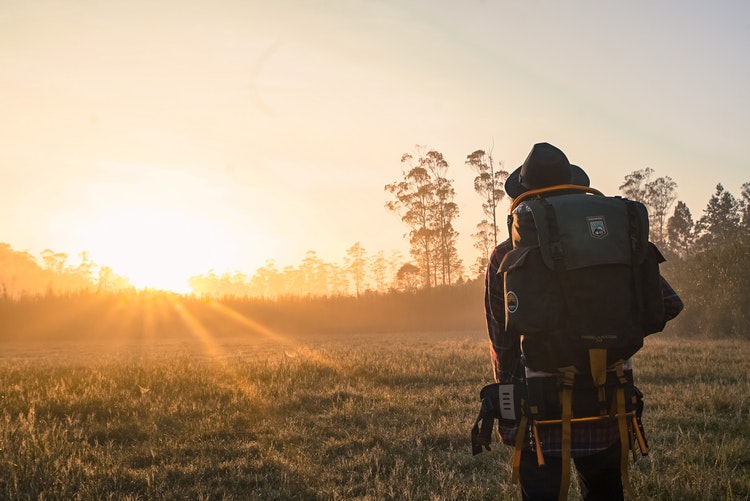
A stargazing tent is more than a dome-shaped paradise. It is made up of a lot of special features. That makes it spacious, easy to set up, and comfortable. To connect with nature and get away of from the flashing city lights. Only the best stargazing tent can give you such spectacular comforts.
Factors of Consideration for a Stargazing Tent
- Material
Mesh plays an important part for a stargazing tent. That and the rest of the material of the tent.You need mesh because it lets you see through up at the sky. It’s situated at the upper sky-facing part of the tent.
But there’s a way to place the mesh in the right way. If you have the mesh at the ceiling, say for example, it’s not the best stargazing angle. What you need are diagonal mesh panels.
These are from the top part for tent. And move to the sides from the top right or left corners. Giving you a wider view of the horizon also.
And just to give a head’s up. The rest of the material a tent is made of is either polyester, nylon, or PVC. If you want better weather resistance, go for polyester. It beats rain, storm, and sun exposure.
- Rainfly
You can’t stargaze when it’s raining, can you? To protect the mesh and prevent water from getting in. You need a durable and accessible rainfly.
It’s not just for covering up during rains. A good rainfly is helpful during thunderstorms, chilly weather, and dust. You can have the rainfly on during the day for better insulation.
While mesh is the number one priority for better airflow. A rainfly, too, can offer ventilation during the hot season.
If a cover isn’t enough and you need to store essentials too. What you need is a vestibule. It allows you to keep blankets, food, and clothing. It’s better to be safer than to worry about getting your essentials wet from the rain.
- Size
Stargazing can be a real disappointment if you don’t think about the tent’s size. A stargazing tent’s size contains the following factors. First, it’s the sleeping space of a single, adult person. This does not include the storage essentials of said person.
Second, 3-person stargazing tents are actually for 2 people. You can’t fit 3 people in it and expect them all to be sleeping comfortably. A cramped and suffocated tent is never a good thing!
Frequently Asked Questions
- How to improve the footprint of a stargazing tent?
It’s not a bathtub if it doesn’t have its own floor, right? Much in the same manner, having a footprint along with the tent is essential. It ensures you don’t sleep on the bare ground.
You need a durable and secure footprint. To prevent water buildup during humid weather. And to ensure no rocks or stones poke your back while you’re stargazing.
2. How to keep bugs and dirt away from the tent?
Apart from buying a heavy-duty footprint. There is something you can do to repel bugs away from the tent.
For starters, avoid camping out in extremely humid climates. This also rules out the chances of stargazing. You can’t stargaze if the sky is covered with dense clouds!
Make sure there’s plenty of ventilation inside the tent. The mesh on the stargazing tent needs to be airflow-supportive. While the rest of the fabric steady enough in windy conditions.
Don’t give bugs a reason to want to enter the tent. And this means not keeping food or water out, under any circumstance.
3. Do I have to assemble the tent on my own?
This should also be your factor of consideration when buying a tent. There are plenty of free-standing stargazing tents on the market. They assemble themselves in a single pull.
You can also choose sturdier walls and a strong aluminum frame. They are much simpler to assemble and faster, too!
The Last of Stargazing Tent
It’s a better stargazing tent when you know what to buy. Without a doubt, the best stargazing tent is one which has amazing features. And let’s not forget; it gives you an incredible view of the sky from the horizon!
Best Backpacks for Men and Women
What’s holding you back from buying the best backpacks for men and women? If you’re confused about what to buy. This guide has all the details jotted down briefly yet effectively.
So if you wish to compare a few products by their features. These are the features you need to consider when choosing a backpack.
Factors of Consideration for a Backpack
- Size
How long is your backpacking trip? And what are the essentials you’re taking along with you?
These questions dictate the size of the backpack that you want. So you know how much to pack without sacrificing your storage needs. More and more backpacks are getting smaller but more ergonomic.
This means storing essentials in a smart way. A backpack must be big enough to store all your essentials. But not so big that it takes you down with it when you have to strap on to your back.
- Storage
How many compartments does the backpack have? Apart from the main compartment, are these enough front and side pockets?
The main compartment is where all your big-sized items will go. This includes a blanket, tent, food, and other gear. The access to the main compartment should always be from the top or front. Usually, smaller backpacks have a front-loading design.
There’s also a sleeping bag compartment built in separately from the main compartment. This goes under the main compartment where you can also store your blanket.
The next important thing is mesh and zippered pockets. The ideal count should be a front, top, side, and hip belt pockets. The ones that are zippered can be used to keep items away from water and dust. And the ones that are mesh are within reach to keep items such as water bottle and a torchlight.
- Suspension
While there isn’t a universal suspension system for a backpack. The heavier a backpack is, the higher the suspension you will need.
If your pack weight is as follows:
Lower than or 10 pounds – No extra padding and lightweight suspension.
Between 10 to 20 pounds – A lightweight frame sheet, rods, and padded hip belt.
Between 20 to 40 pounds – Moderate suspension with the moderately-padded hip belt.
Anything above 40 pounds – Heavy-duty suspension with thick hip belt padding.
- Straps
Straps are also a part of the suspension. They make or break the load you pack and carry. Starting with the hip belt down to the shoulder straps. What makes it easier to carry a heavy load?
According to my sources, 80% of the weight is carried by the hip belt. And rest goes to the intricate shoulder straps.
Hip belts start from the center of the hip bone. It’s a common misconception that the hip belt sits around the waist. But for a secure fit, you need to tighten it around your hips.
For the shoulder straps, you need a third strap that goes over your chest. This strap supports the positioning of the shoulder straps. And it keeps it from slipping off your shoulders.
The Last of Backpacks
Isn’t it true that a good brand makes a good product? Much in the same way, a good buying guide makes a smarter consumer. Whether you’re a backpacking enthusiast or not. Knowing how to buy the best backpacks for men and women is a priority.
How else will you know where all your hard-earned money is going? On features that make the backpack more rugged or ruin your entire trip?
Sources:



